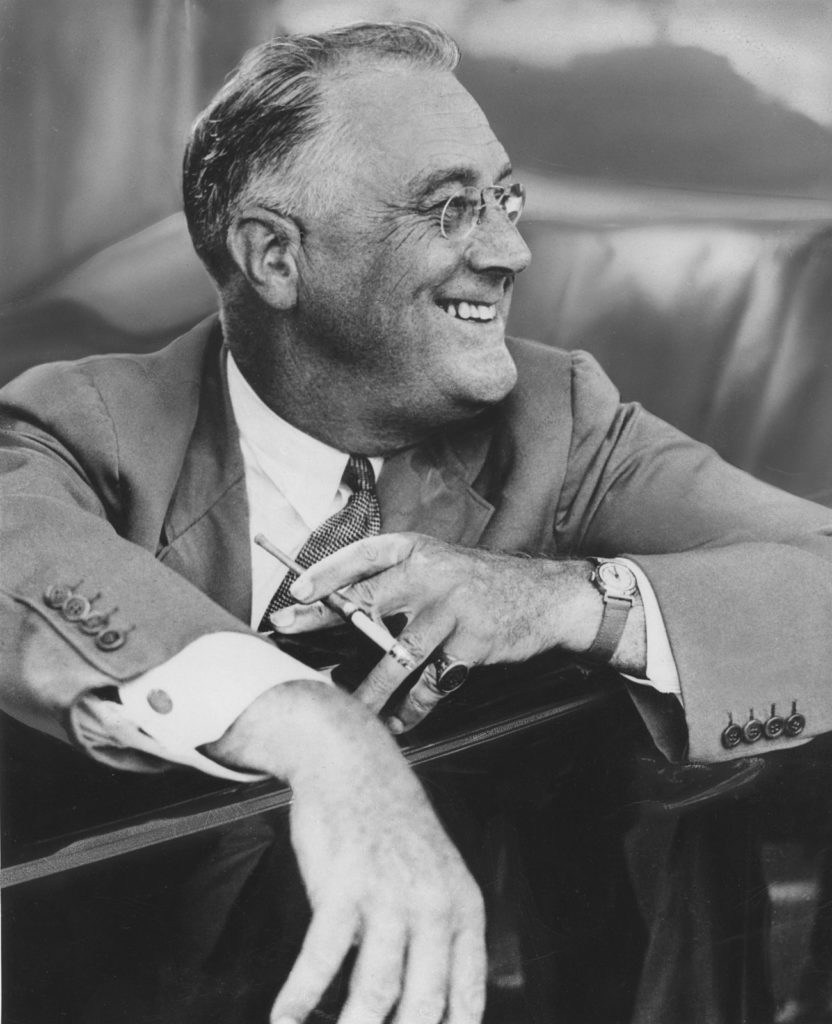How Democratic Presidencies Succeed

Michael Kazin is one of the most important historians of labor and the left in recent decades and was until not long ago one of the long-time editors of Dissent. He has a new book out on the history of the Democratic Party which I can’t wait to read. He provides some of his main points in a Times op-ed on when Democratic presidents succeed and what lessons Biden can take from that. It’s worth reading. A couple of excerpts that give you some key points, but of course read the whole thing.
Three times in the 20th century, Democrats produced major progressive gains, erecting pillars of corporate regulation and social welfare that endure to this day. The New Deal, from 1933 to 1939, did the most to transform the nation. But Democrats also created landmarks in social policy during the brief, yet consequential, periods from 1913 to 1916 under Woodrow Wilson, and from 1961 to 1966 under John F. Kennedy and Lyndon B. Johnson. These three eras of progressive triumph offer two central lessons for Mr. Biden and his fellow partisans.
First, to enact change, a social movement has to grow large and powerful enough to compel Democrats to listen to its demands and grant some of them. Wilson and his fellow Democrats rode a long wave of public hostility to the “monopoly” that united farmers who suffered from high tariffs, workers chafing under the long hours and low pay offered by big companies like U.S. Steel, and anyone for whom “Wall Street” was shorthand for a power that corrupted politics and made a small minority of Americans obscenely rich.
…
A second lesson to take away from this history is that the most durable progressive programs Democrats enacted not only aided the great majority of Americans, no matter their race, but were also perceived to be helping everyone. The reforms Wilson signed failed that standard. Nearly every member of his party in Congress who voted to curb monopolies and tax the rich was committed to maintaining the brutal system of Jim Crow that restricted and terrorized the lives of Black people. Such blatant racism did not merely alienate and anger those Black people who still could exercise their right to vote and help persuade others to move to the North. It also meant that Democrats could rely on just a single region of the nation to reliably back their nominees.
Labor progressives during the New Deal era sought to remedy this gross moral and political error. From the start, C.I.O. unions welcomed African Americans as equal members and pressed Democrats to take a strong stand for civil rights. The battle against white supremacy, union officials contended, was a class issue. “Behind every lynching,” asserted the C.I.O.’s national director, a former coal miner, “is the figure of the labor exploiter, the man or the corporation who would deny labor its fundamental rights.” It was a message universal enough to ally Black people with the organized white working class, bringing half a million African Americans into unions by the end of the 1930s, and making it increasingly difficult, at least in the North and West, for a Democratic politician to be both an ardent New Dealer and a vocal defender of Jim Crow.
….
For Democrats to reconstruct a majoritarian coalition, they will need a social movement with which to ally, one that would combine the searing critique of corporate power that drove reforms when Wilson was president with the grass-roots numbers and energy of the unions that once helped the party secure an interracial working-class base.
The strength of the current Democratic coalition — unlike its predecessors under Wilson, Roosevelt, and Johnson — does not reside in the bottom half of the income scale. Its core voters sit at the poles of the social and educational hierarchy: well-educated professionals at one end and poorer people of color at the other. That demographic reality hamstrung President Barack Obama, himself a rather perfect embodiment of his party’s current base: the interracial child of parents with advanced degrees. In 2011, Mr. Obama declared that the Great Recession was “a make-or-break moment for the middle class, and for all those who are fighting to get into the middle class.” But aside from signing the Affordable Care Act, he was unable or unwilling to back up that alarm with any significant new program to aid the working class.
The social movements that somewhat grudgingly back Democrats today represent Americans in disparate types of groups as well. Activists for reforming the criminal justice system, curbing climate change, and securing equal rights for L.G.B.T.Q. people often endorse the common vision of an egalitarian, sustainable world. But there is little overlap among the main demands of these movements or among those who devote their lives to fighting for them. No contemporary movement has the size or political clout of the unions that helped finance Democratic campaigns in their liberal heyday — and advance their legislative priorities.
There’s a lot to chew on here.


